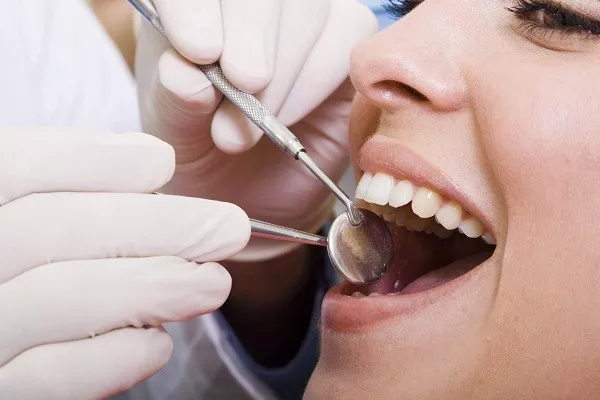Dry sockets, scientifically known as alveolar osteitis, are a painful complication that can occur after the extraction of wisdom teeth. Although relatively uncommon, dry sockets can significantly impact an individual’s recovery process and quality of life. Understanding the causes, symptoms, and prevention strategies associated with dry sockets is crucial for anyone undergoing wisdom tooth extraction.
1. What Are Dry Sockets?
Definition: Dry sockets occur when the blood clot that forms in the socket after tooth extraction becomes dislodged or dissolves prematurely, exposing the underlying bone and nerves.
Delayed Healing: Dry sockets delay the normal healing process, leading to increased pain and discomfort for the individual.
Risk Factors: Certain factors, such as smoking, poor oral hygiene, and previous history of dry sockets, can increase the likelihood of developing this complication.
2. Causes of Dry Sockets
Trauma during Extraction: Rough or traumatic extraction techniques can disrupt the blood clot, increasing the risk of dry sockets.
Poor Blood Clot Formation: Inadequate formation or retention of the blood clot within the extraction socket can leave the underlying bone and nerves exposed, leading to dry sockets.
Bacterial Infection: Bacterial contamination of the extraction site can hinder blood clot formation and contribute to the development of dry sockets.
3. Symptoms of Dry Sockets
Intense Pain: Dry sockets are characterized by severe, throbbing pain that typically radiates from the extraction site to the surrounding areas of the jaw and face.
Foul Odor/Taste: Individuals with dry sockets may experience a foul odor or taste emanating from the extraction site due to bacterial infection and tissue breakdown.
Empty Socket: Upon examination, the extraction socket may appear empty or partially filled with a whitish or grayish material, indicating the absence of a blood clot.
4. Prevention Strategies
Follow Post-Extraction Instructions: Adhering to your dentist or oral surgeon’s post-extraction instructions is crucial for promoting proper healing and reducing the risk of dry sockets. This may include avoiding vigorous rinsing or spitting, refraining from smoking, and taking prescribed medications as directed.
Maintain Good Oral Hygiene: Keeping the extraction site clean and free of debris can help prevent bacterial infection and promote blood clot formation. Gently rinse your mouth with salt water after meals and brush your teeth carefully, avoiding the surgical area.
Avoid Strain on the Extraction Site: Refrain from engaging in strenuous activities or behaviors that could dislodge the blood clot, such as drinking through a straw or spitting forcefully.
5. Treatment for Dry Sockets
Pain Management: Over-the-counter pain relievers or prescribed medications may be recommended to alleviate discomfort associated with dry sockets.
Medicated Dressings: Your dentist or oral surgeon may apply medicated dressings or gels to the extraction site to promote healing and reduce pain.
Irrigation: Flushing the extraction socket with a saline solution can help remove debris and bacteria, facilitating the healing process.
Conclusion
In conclusion, dry sockets are a painful complication that can occur following wisdom tooth extraction, disrupting the normal healing process and causing significant discomfort for the individual. By understanding the causes, symptoms, and prevention strategies associated with dry sockets, individuals can take proactive steps to minimize their risk of experiencing this complication. Adhering to post-extraction instructions, maintaining good oral hygiene, and avoiding behaviors that could disrupt the blood clot are essential for promoting optimal healing and reducing the likelihood of dry sockets. If you experience severe or persistent pain after wisdom tooth extraction, it’s important to consult your dentist or oral surgeon for proper evaluation and treatment.
How Much To Remove An Impacted Wisdom Tooth
Is Getting Your Wisdom Teeth Out Scary
How Many Wisdom Teeth Can Be Removed At Once






























